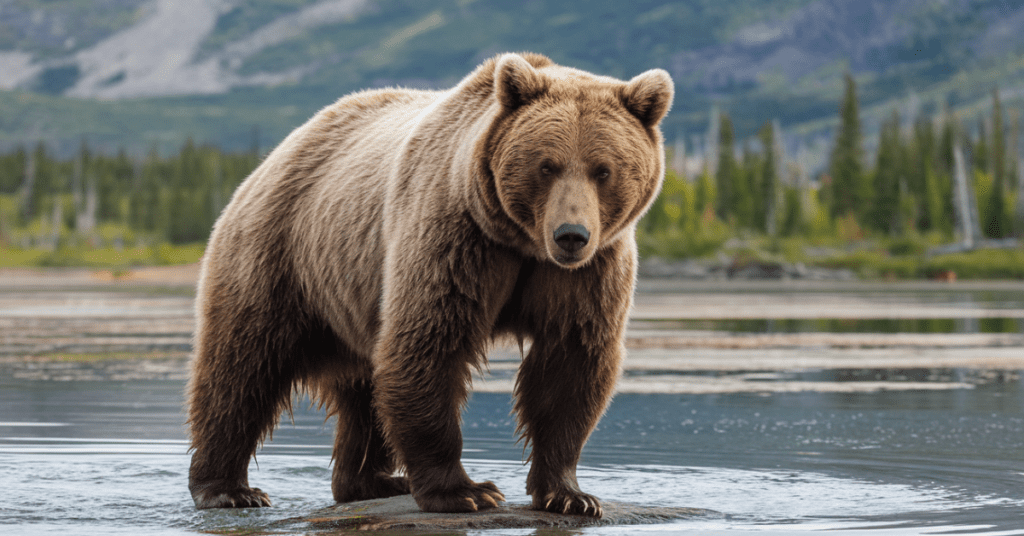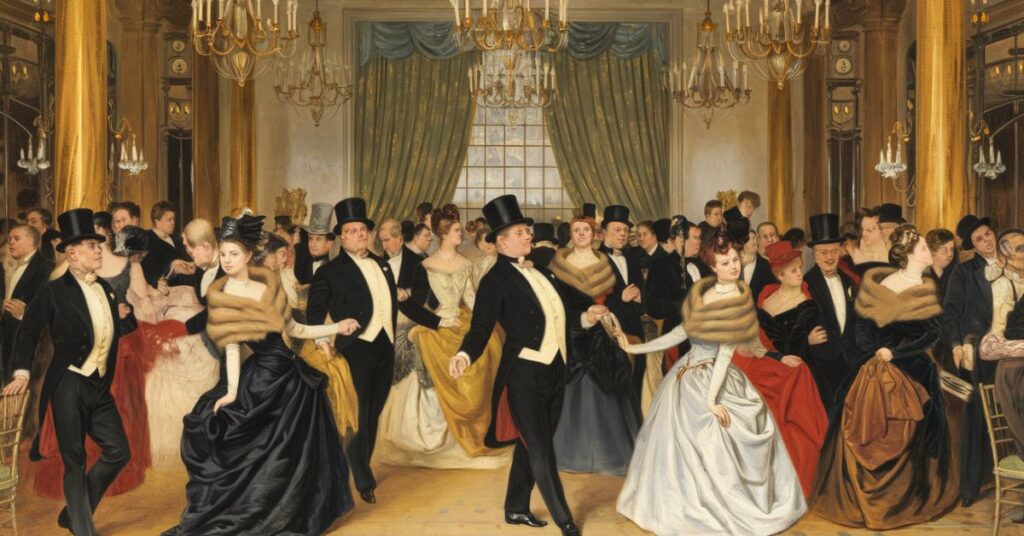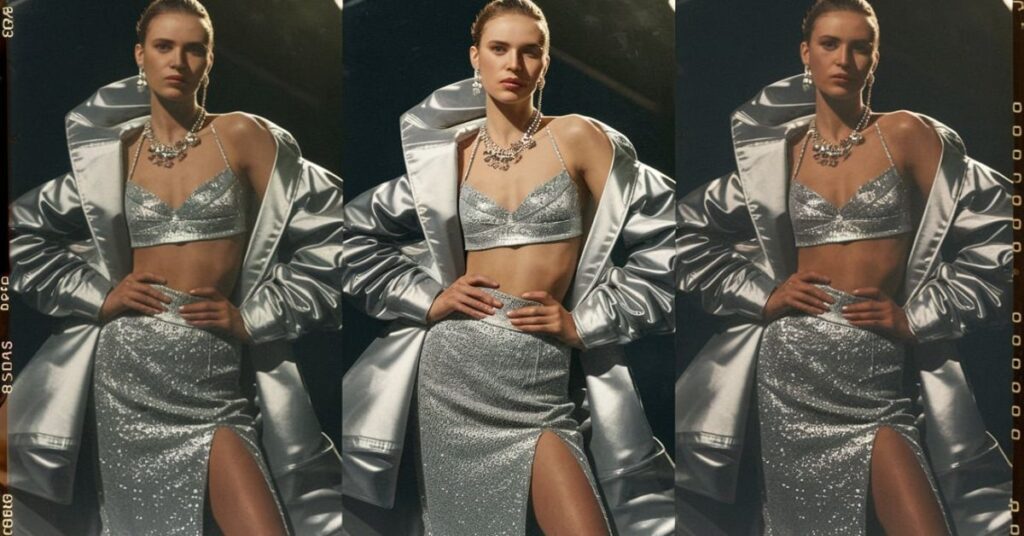In the tapestry of fashion history, few materials have sparked as much admiration and controversy as fur. From its humble beginnings as a means of survival to its status as a symbol of opulence, fur fashion has undergone a remarkable transformation. This article delves into the fascinating journey of fur in the fashion world, exploring its ascent to global appeal and the complex issues surrounding its use today.
The Primal Origins: Fur as Survival

Long before fur graced the runways of Paris and Milan, it served a far more practical purpose. Our ancestors relied on animal pelts for warmth and protection against harsh elements. This utilitarian use of fur laid the foundation for its later role in fashion.
- Early uses of fur:
- Clothing
- Shelter materials
- Bedding
YOU CAN ALSO: Are Chains Acceptable Fashion in Japan?
As civilizations developed, fur began to take on new meanings. It transformed from a mere necessity into a marker of status and wealth. European nobility prized fur for its warmth and beauty, with certain furs reserved exclusively for royalty.
“Fur was not just clothing; it was a symbol of power and prestige in early societies.” – Dr. Emily Thompson, Fashion Historian
The 19th Century: Fur’s Gilded Age

The nineteenth century marked a turning point for fur fashion. The Industrial Revolution ushered in an era of unprecedented change, revolutionizing fur production and accessibility.
Impact of the Industrial Revolution
- Improved manufacturing techniques
- Increased production efficiency
- Wider distribution networks
- More affordable fur products for the middle class
The Hudson’s Bay Company played a pivotal role in the North American fur trade, establishing a vast network that supplied Europe with prized pelts. This boom in the fur industry coincided with the rise of fashion magazines, which began to showcase fur as a must-have luxury item.
| Decade | Key Developments in Fur Fashion |
|---|---|
| 1800s | Fur becomes more accessible to the middle class |
| 1850s | Introduction of fur-lined coats |
| 1870s | Rise of fur as a fashion statement in women’s wear |
| 1890s | Emergence of fur as a staple in haute couture |
Roaring into the 20th Century: Fur’s Golden Era

As the world entered the 20th century, fur fashion reached new heights of popularity. The 1920s and 1930s saw fur become synonymous with Hollywood glamour. Stars like Greta Garbo and Joan Crawford draped themselves in luxurious furs, cementing its status as the ultimate symbol of sophistication and success.
Iconic Fur Moments in Film and Fashion
- Marilyn Monroe’s white fur stole in “Gentlemen Prefer Blondes” (1953)
- Elizabeth Taylor’s mink coat in “BUtterfield 8” (1960)
- Audrey Hepburn’s fur hat in “Breakfast at Tiffany’s” (1961)
The post-war economic boom of the 1950s further democratized fur, making it more accessible to a broader range of consumers. Fur fashion was no longer just for the elite; it became a symbol of aspiration for the middle class.
Craftsmanship Meets Couture
As fur fashion grew in popularity, so did the artistry behind its creation. Luxury brands and designers began to push the boundaries of what was possible with fur, incorporating it into haute couture collections in innovative ways.
Innovations in Fur Processing
- Dyeing techniques: Creating vibrant, unnatural colors
- Shearing: Producing lighter, more versatile furs
- Knitting and weaving: Incorporating fur into fabric-like materials
Fashion giants like Gucci, Prada, and Chanel showcased fur in their collections, elevating it to new heights of desirability. The fashion industry embraced fur as a luxury material, with designers competing to create the most stunning and innovative fur pieces.
Global Expansion: Fur’s Cultural Adaptations

As fur fashion gained global appeal, it adapted to various cultural contexts. Different regions developed unique styles and preferences, influenced by climate, tradition, and local aesthetics.
- Russia: Sable and fox fur coats for extreme cold
- China: Mink coats as symbols of prosperity
- United States: Fur-trimmed jackets and accessories for everyday luxury
This global spread of fur fashion led to the emergence of international fur markets, with cities like Copenhagen and Hong Kong becoming major hubs for fur trade and design.
The Dark Side of Glamour: Ethical Concerns Surface

As fur fashion reached its zenith, a growing awareness of animal welfare began to cast a shadow over the industry. The 1980s saw the rise of animal rights activists challenging the ethics of using fur for fashion.
Key Moments in Anti-Fur Activism
- 1980: PETA (People for the Ethical Treatment of Animals) founded
- 1990: “I’d Rather Go Naked Than Wear Fur” campaign launched
- 1994: Supermodels Naomi Campbell, Christy Turlington, and Elle Macpherson pose for PETA’s anti-fur campaign
These movements sparked intense debate and led to a shift in public opinion. Many consumers began to question the moral implications of wearing fur, leading to a decline in sales and forcing the fashion industry to adapt.
Fur in the 21st Century: Adaptation and Innovation
In response to ethical concerns and changing consumer preferences, the fur industry and fashion designers have sought new ways to adapt and innovate.
Sustainable and Ethical Alternatives
- Faux fur: Synthetic materials mimicking the look and feel of real fur
- Recycled fur: Repurposing vintage fur pieces
- Ethical fur farming: Implementing higher animal welfare standards
Technological advancements have played a crucial role in creating convincing fur alternatives. Many luxury brands have embraced these innovations, with some going entirely fur-free.
“The future of fashion lies in innovation and sustainability. We’re seeing a shift towards more ethical and environmentally friendly materials that still offer the luxury and glamour consumers desire.” – Sarah Chen, Fashion Trend Analyst
The Future of Fur: Fashion’s Ongoing Debate

The debate over fur fashion continues to evolve. While some markets, particularly in Asia, still show strong demand for fur, others are moving away from it entirely. The fashion industry faces the challenge of balancing tradition, luxury, and ethics.
Key Considerations for the Future of Fur
- Cultural differences: Varying attitudes towards fur across different societies
- Sustainability: The environmental impact of both real and faux fur
- Innovation: Continued development of ethical and sustainable alternatives
- Consumer preferences: Shifting attitudes towards luxury and ethics
As we look to the future, it’s clear that the story of fur fashion is far from over. It continues to adapt and transform, reflecting broader changes in society, technology, and our relationship with the natural world.
Conclusion: Fur’s Enduring Legacy in Fashion
From its origins as a basic necessity to its status as a luxury material, fur has played a unique and complex role in fashion history. Its journey reflects broader societal changes, technological progress, and evolving ethical standards.
While controversy continues to surround the use of fur in fashion, its impact on style, craftsmanship, and luxury cannot be denied. As we move forward, the fashion industry will continue to grapple with the legacy of fur, seeking ways to honor its rich history while addressing modern ethical and environmental concerns.
Whether through innovative alternatives or responsibly sourced materials, the essence of what made fur fashion so appealing – its warmth, texture, and glamour – will likely continue to influence fashion for years to come. The future of fur in fashion remains uncertain, but its story serves as a compelling case study in the ever-changing relationship between style, ethics, and culture.
